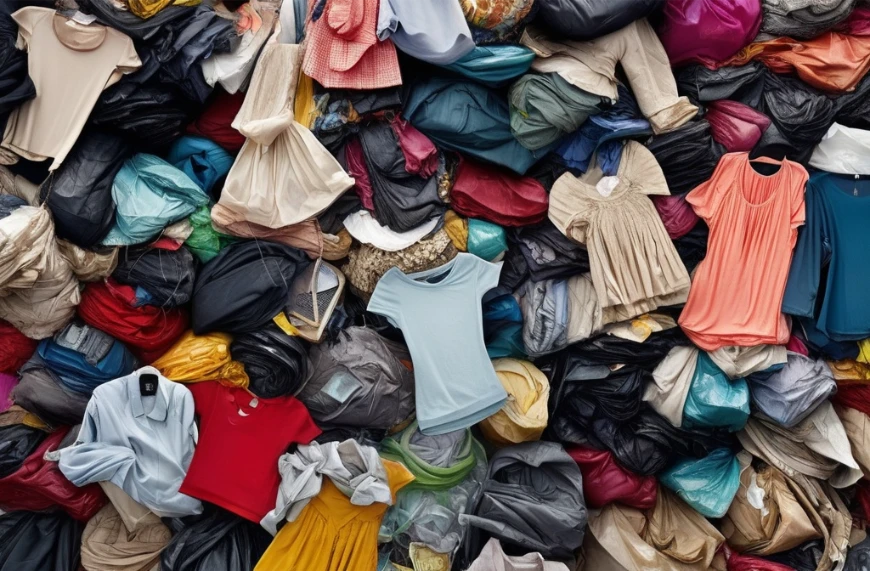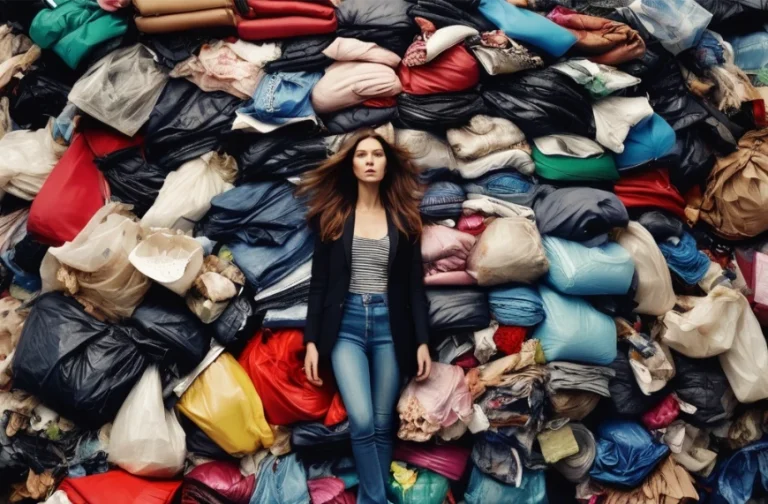How Much Textile Waste is Produced Each Year?
The global textile industry is growing significantly. It’s one of the largest industries for essential goods in the world. It also provides numerous jobs and steady economic growth.
Some of the country’s total economy is dependent on the textile industry. However, this industry is producing a significant amount of textile waste. It also has an environmental impact.
In particular, millions of tons of textile waste is generated. This industry is disposing of a huge waste and challenges the sustainability of the environment.
We will try to understand the amount of textile waste produced annually. In this blog, we will also understand the impact the textile waste has on the planet. We also discuss different solutions for reducing waste to promote a sustainable future.
How Much Textile Waste is Produced Each Year?
The amount of textile waste is staggering 92 million tons. This much of textile waste is produced annually in the world. This shows a picture of the vastness of this industry’s environmental footprint.
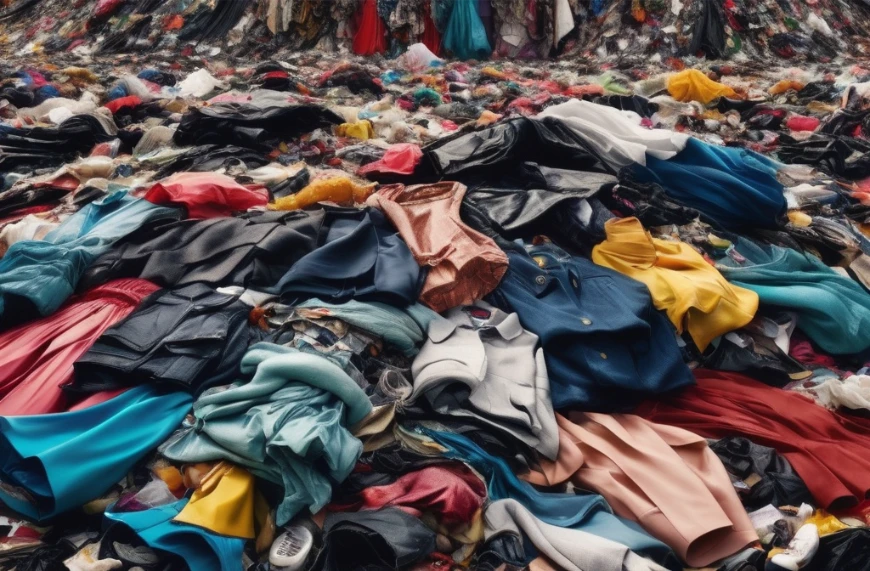
It also shows that the fashion industry is single-handedly producing one of the largest portions of the overall industrial pollution.
This figure comes from the non-clothing and clothing industry. So on average, this industry creates a perspective that 1 garbage truck full of textile is thrown to the landfills every second.
This volume suggests that textile production surges and rapidly impacts because of the consumer driven market.
How Much Textile Waste Does Each Country Produce?
Although the total volume of global textile waste is not measured accurately. But the amount that we can accumulate from different sources is already overwhelming. The amount produced varies significantly between countries.
In that case, high income countries like the western hemisphere countries (United States, United Kingdom) are producing large amounts of textile waste due to high use of textile materials and prevalence of fast fashion.
On the other hand, low income countries produce a large amount of textile waste, because of the sheer population (think of countries like China and India).
United States
The United States produces 17 million tons of textile waste annually. Approximately 81.5 pounds of textile is discarded from the average American citizen.

It also suggests that 85% of total textile produced or bought is sent to landfills each year.
This volume surely increased because of the fast fashion industry. This industry single-handedly contributed to the total wastage of textile in the United States.
European Union
The European Union is also a significant player of environmental waste due to high textile use. This industry is producing 5.8 million ons of textiles and discarding it to the landfills each year.
The vast majority of the textiles are also contributing to polluting the ocean. The European Union is also focusing more on recycling textile products.
That results in contributing to the reduction of textile waste. The majority use huge amounts of textile and are focusing more on recycling and reusing the products.
China
China is also a largest producer of consumer goods like textiles. It is said that 65% of the total fashion industry is produced in China.
As a result it’s the largest producer and the consumers of fashion items. So you know, it is also a top waste producer.
China is a large part of roughly 26 million tons of textile waste producers. This much textile waste is produced in China each year.
India
India is another player in the textile industry that generates a significant amount of textile waste. Several surveys suggest that 7.8 million tons of waste is annually produced by India.
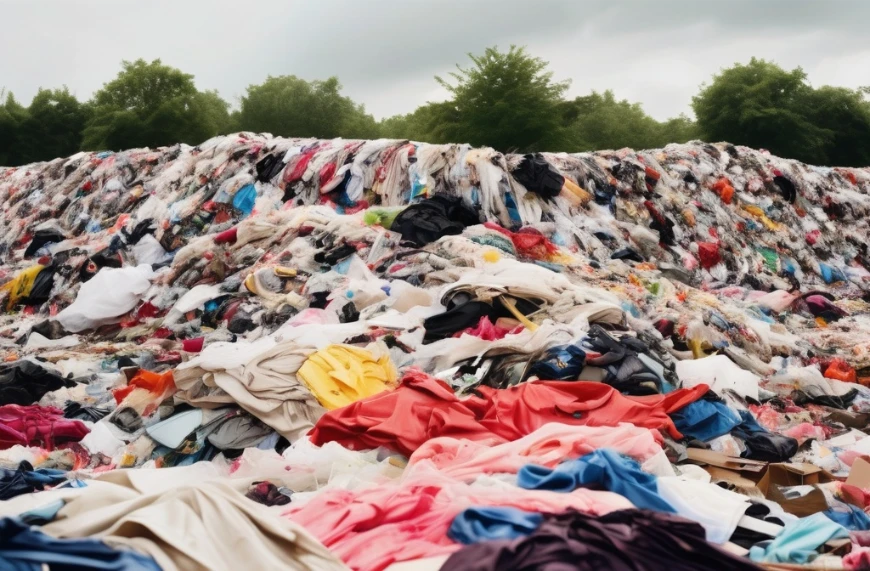
With its growing demand and domestic textile use this vast amount of waste is exported to the landfills. This is also increasingly divided due to the increase of the consumer economy.
What Contributes to Textile Waste?
There are many factors that increase textile waste. The volume of the textile users, government policies and other factors contribute to this vast sum of waste. The other factors include-
Fast Fashion
Fast fashion means the rapid production of your low quality, high volume yet low priced products to meet the current fashion trend.
It encourages consumers to over purchase and encourages the producers to overproduce products.
So a significant number of fast fashion items are frequently discarded to the landfills before it’s used properly.
Its cheap and disposable nature means fashion houses constantly push the consumers to dispose of the clothes.
This also means the products are thrown away before using properly and it also significantly increases the textile wastage.
Overproduction
The textile industry is focusing more on producing more than they need. The overproduction means the brands are manufacturing way more than they sell as they miss anticipating the demand.
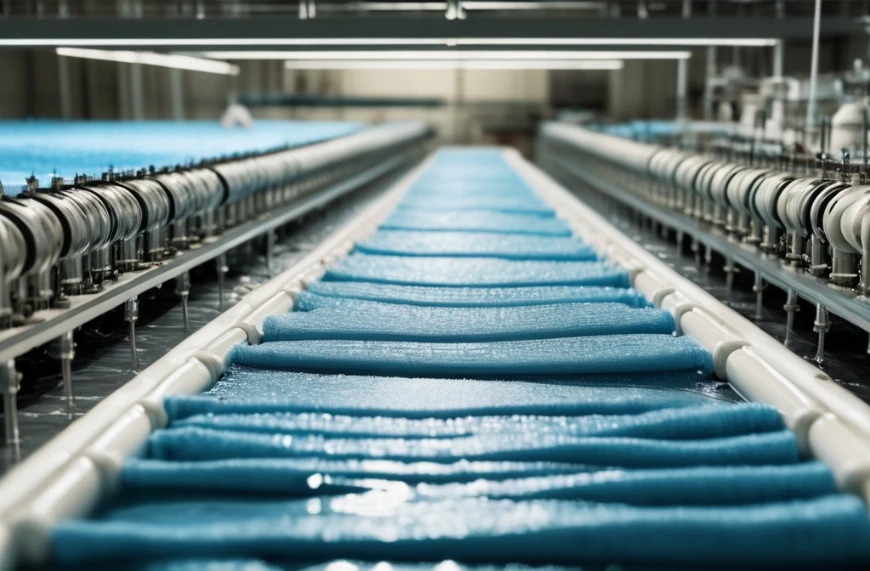
The low cost of production also contributes to the increased amount of wastage. Technological advancement allows the producer to produce products even if they do not sell the product.
Some of the producers end up directly destroying or discarding the produced items even before purchased by the consumers.
It says that 30% of the garments produced worldwide are never sold. This also contributes to the textile waste.
Low Quality and Low Durability
Nowadays the clothing items are low quality. It is because clothes are designed to become cheap and quick to produce.
This is the reason that the clothing items are made with low quality garments materials.
That leads to consumers being forced to discard the products. This also contributes to the high volume of textile waste.
Trends and Clothing Nature
Textile and fashion industries heavily influenced by the trend and often built on consumer behavior.
Various studies say that some of the clothing items become outdated, even before they are sent to the consumer’s wardrobe.
That’s the reason for the trendy nature. It forces the consumers purchase items that they do not need.
The fashion industry is also now social media driven trends. That pushes to dispose of the fashion items even before they use it.
Lack of Recycling Infrastructure
It’s true that inability to recycle textile materials can lead to textile waste. Textile recycling infrastructure is complex and expensive.
Some of the garments are made with mixed materials and that is risky to recycle. That is also one of the major reasons for recycling the clothing item.
Sometimes it is not possible even if the consumers want. Also the lack of infrastructure makes it an easy decision for the consumers to send it directly to the landfills instead of recycling.
The Environmental Impact of Textile Waste
The textile waste not only represents a waste management issue, but it also represents irresponsibility of the consumers and producers as a whole.
The far reaching consequences of the textile waste is direct environmental pollution. The indirect consequences can be resource depletion and health hazards.
Landfills and Pollution
When the textile waste is discarded to the landfill, most of the time, it’s said that it is not biodegradable. It means it’s made with synthetic fiber.
In reality, 60% of the textile items are made with polyester or other synthetic materials that can take hundreds of years to blend with nature.
This slow decomposition means they release harmful chemicals and microplastics to the soil and water for a longer time and pollute the environment constantly. This contamination affects the wildlife and ecological system.
Greenhouse Gas Emission
The textile industry is a significant player in producing a significant amount of greenhouse gas globally. Nearly 10% of the greenhouse gases are a direct result of the textile industry.
This large portion of emissions means the textile industry is releasing carbon dioxide and methane-like gases to the atmosphere. That’s increasing global warming.
A large portion of textile waste is directly filled to the landfills without recycling. This directly increases the greenhouse gas.
Water and Resources Depletion
Textile production is a resource intensive industry that requires using resources, like water, energy and raw materials.
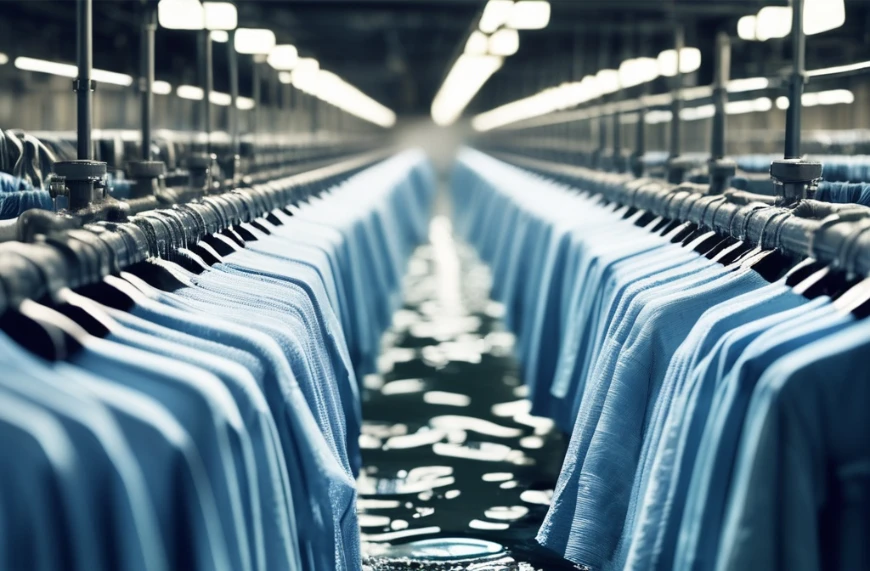
This industry uses 2700 liters of water to produce even just one cotton t-shirt. That means textile uses a large amount of resources and water.
By throwing away the clothing, it effectively wastes the water and energy that went with it to make the products. This is also increasing environmental issues.
How We Can Reduce Textile Waste?
The volume of textile pollution is staggering. But we can take several steps to reduce the impact of global textile pollution.
Sustainable Fashion
Now, as a consumer we can take some measures. Many consumers can take a rapid shift towards sustainable fashion.
That means using durable and high quality garments instead of fast fashion items. The consumer should prioritize ethical and sustainable production processes.
They can also focus on lower buying frequency and buying better quality products. Better quality design can compete with fast fashion items that come with low quality and low priced items.
Recycling
The consumers should focus more on recycling and the products. The brands need to address technologies that can help consumers to repurpose and recycle the waste items.
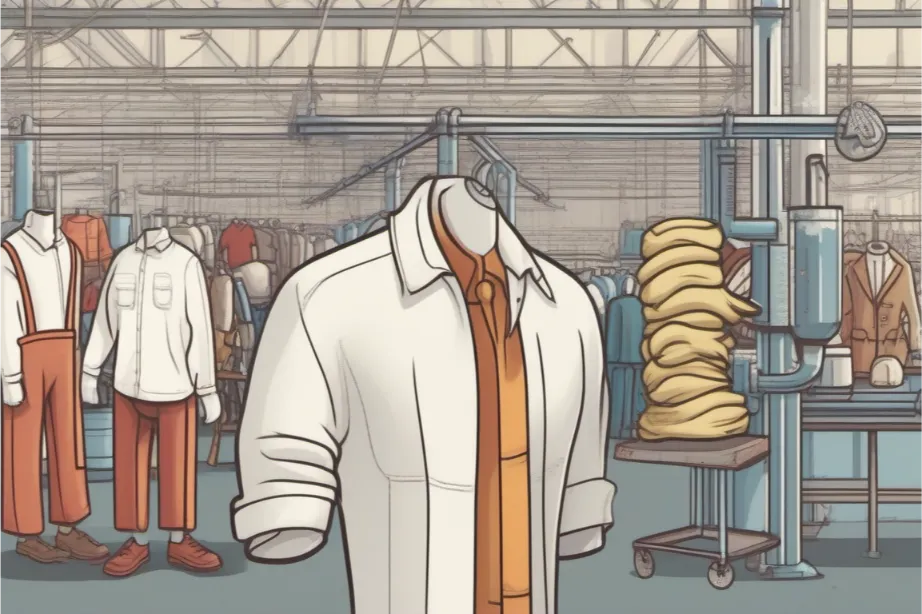
Brands can take significant steps to expand circular fashion models. Some of the brands sell second hand items.
Some of the brands are looking to take back programs to encourage consumers. This is also helping them to renovate and reduce the needs for raw materials.
Government Policies
The government can also play a significant role in implementing and imposing regulations to encourage sustainable fashion practices.
In the fashion industry, the government can take initiatives like incentivizing recycling, taxing non-sustainable practices, and promoting the awareness that comes with environmental cost.
This can increase consumer behavior and improve the textile waste situation.
Final Advice For Textile Waste
That amount of textile waste generated each year is a lot. It’s also growing at an alarming rate. Textile waste contributes to the overflow of pollution. It’s also depleting valuable resources.
We can shift the consumer mindset by adapting sustainable fashion practices and ethical manufacturing processes. We should also increase recycling facilities and sustainability support.
The reduction of carbon footprint, significant use of high quality materials and energy efficient infrastructure and machines to produce fast fashion can contribute to the reduction of textile waste. It can pave the way for a more sustainable future.

